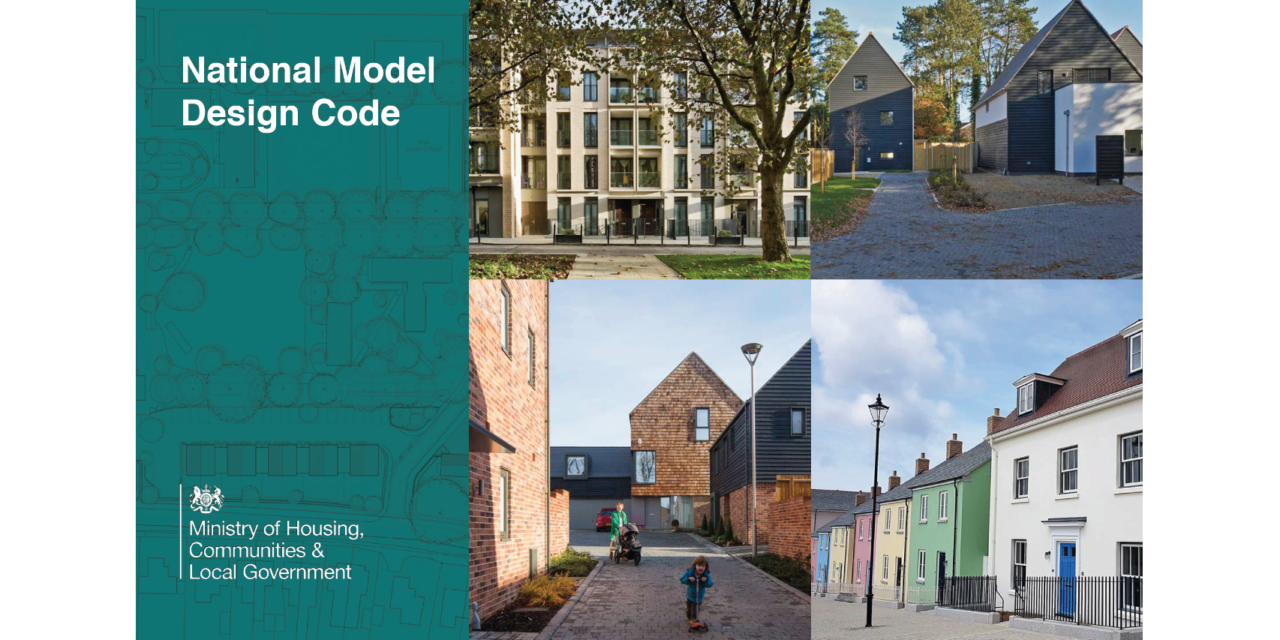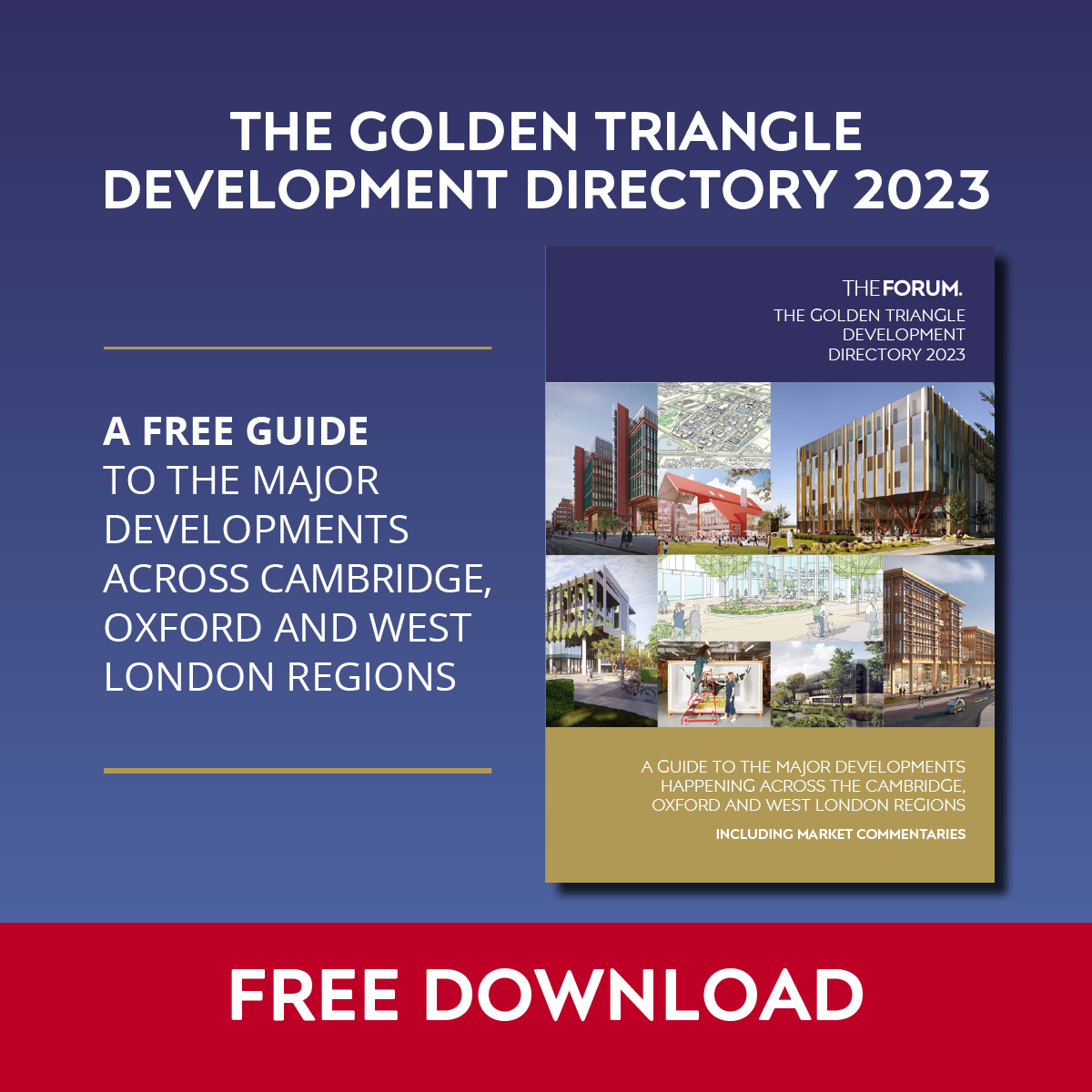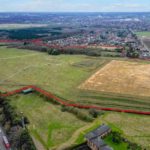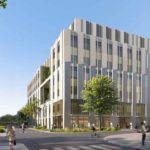Tom Looker, director of design for Pegasus Group, discusses the effects the newly published National Model Design Code will have in the design and planning process.
Much heralded and long awaited, the National Model Design Code has at last arrived.
Undoubtedly a significant event for urbanists and all those involved in the planning system, the NMDC makes good on Proposal 11 of the Planning for the Future White Paper to make design expectations more ‘visual and predictable’.
But, although an important first step, this is just the first in a largely untested process at such a scale – locally produced guides and codes are envisaged to follow, reflecting the diverse character of our country, as well as what is ‘provably popular’ locally.
First impressions indicate there is much to be positive about. The NMDC undoubtedly responds to evidence based research (such as the Place Alliance’s Housing Design Audit for England 2020), which finds design codes are one of the most effective design governance tools; design tools deliver better design outcomes; and give more certainty for developers and communities.
It also embraces key policy propositions of the Building Better, Building Beautiful Commission’s report – Living with Beauty.
However, taking a step back for a moment, the often voiced concerns of commentators are unlikely to be seriously placated as a result. Too long, too descriptive, unmeasurable are central among these cries.
A lack of resources to prepare codes, accusations by some of an inability of local authorities to enforce them and unsupportive highway authority, balancing quality and viability, ensuring representative engagement and delivering agreement are all issues that will need to be worked through – even with the extra guidance provided.
What are the key elements?
There is much detail to digest, much of which is important. However, a few of the issues to emerge that are bound to spark more debate include:
Baseline Standard
The NMDC sets a baseline standard of quality and practice, which local planning authorities are expected to take into account when determining applications. Interestingly, this includes: the importance of streets being tree lined; and factors to be considered when determining whether ‘facades of buildings are sufficiently high quality’. Trailed in the National Design Guide, it suggests the place-making balance has now firmly shifted to appearance becoming one of the key factors in delivering well-designed places.
Localism writ large
Communities are expected to be involved at each stage of the design code preparation process in order to gain measurable community support, with communities deciding what good design means locally.
The door is also opened to neighbourhood planning groups producing their own design codes as part of the neighbourhood plan process. How the vested interests of the vocal few will be balanced with those of the silent majority at each stage of of the code preparation process is likely to be a central challenge in the years to come.
Toolkit
The NMDC provides a toolkit to guide local authorities on the design parameters and issues that need to be considered and tailored to their own context, developing the Living with Beauty recommendation.
Modelled on the ten characteristics of well designed places set out in the National Design Guide, this common thread is undoubtedly positive. The associated ‘Guidance Notes for Design Codes’ sets out the possible contents for a design code and, at just shy of 100 pages, this highlights how multifaceted and complex coding instructions can be. The need to have the balance of skills to both prepare the code and ensure it is implementable has never been more important.
Identification of Area Types
The need to understand where a site sits on the urban-rural spectrum is not new, but the NMDC emphasises both the importance of identifying the relevant area types and how the local authority and community expect the area to develop in the future. This gives much greater weight to the analysis, interpretation and visioning for areas, as this process will now form common rules and parameters for future development.
The Future?
Relevantly, the NMDC will remain as guidance, part of a forthcoming suite that should be read alongside the National Design Guide, not a statement of national policy. However, the proposed (for consultation) changes in the NPPF make specific references to placemaking, beauty and use of design codes.
The expectation is that all local planning authorities will prepare design guides and design codes at either area wide or site specific levels; and streets will be tree lined. The NMDC also makes provision for local authorities to collaborate with developers and land owners on codes, or developers and landowners may prepare their own design code as part of a planning application.
The direction of travel is clear and there is little doubt the NMDC will quickly become prominent in decision making.
Image credit: Ministry of Housing, Communities & Local Government
© Thames Tap (powered by ukpropertyforums.com).
Sign up to receive your free weekly Thames Tap newsletter here.















